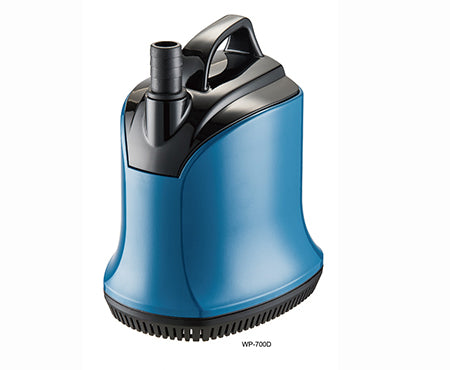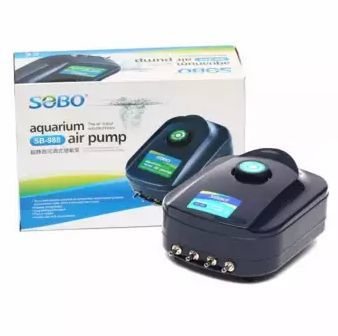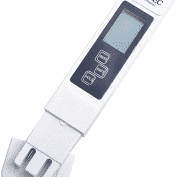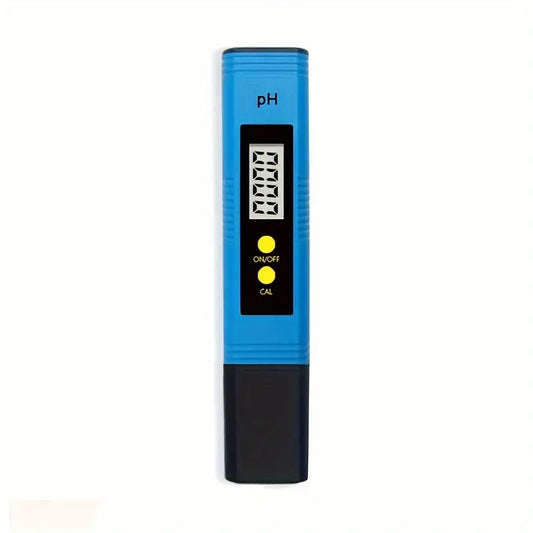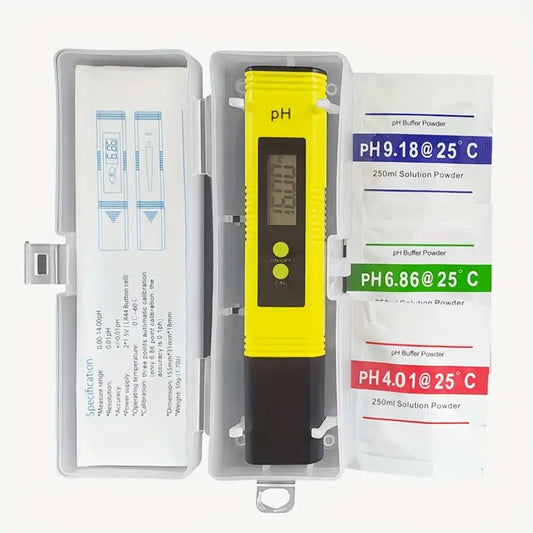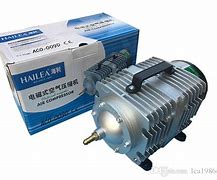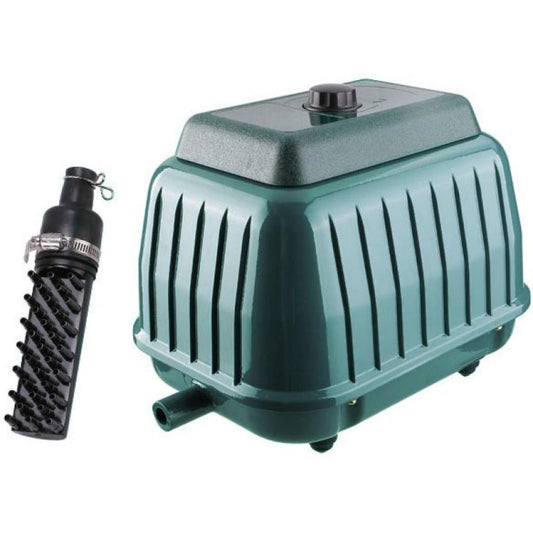Aquaponics is a system that combines the growing of fish and plants. It is the integration of aquaculture and hydroponics, combined into a new discipline. It has its own rules and method of operation.
It eliminates difficulties both these disciplines have: Water in both systems become overloaded with nutrients and has to, periodically, run to waste. Aquaponics only loses water through natural evaporation and transpiration by the plants. Synthetic chemicals and pesticides are used in various forms in aquaculture and hydroponics. In aquaponics, it is guaranteed that chemicals and pesticides aren't used, as their application destroys the natural balance of an aquaponics system and can result in fish deaths.
Bacterial action takes place mostly in the media bed. They are the same processes that take place in soil and have the same function. The process by which organic matter converts micro-organisms into plant available forms of nitrogen is called mineralisation.
Aquaponics is the creation of a complete cycle of symbiotic relationships, where the fish help the plants and the plants help the fish. It's a natural system. The two systems together complement each other. Water from the fish tank is pumped through media beds, which filter the water and bacteria, and turn it into usable nutrients for plants to take up. The media beds contain bacteria and protozoa and other life found in soil.
Aquaponics is the balance between the amount of waste from the fish and the nutrient uptake by the plants. The primary input of nutrient for fish and thus plants, come from the food fed to the fish. The health of the fish affects the health of the plants. Another form of bacteria, nitrobactor, converts the nitrites to nitrates. Plants are able to take up nitrates.
Water is mechanically filtered by the media and also biologically filtered by the bacteria. Nutrients are made available to the plants, taking it out of the water and then the water is sent back to the fish tank.
The system
Cycling the system refers to the initial process of establishing the naturally occurring bacteria that converts fish waste to available nutrient for the plants. This conversion is called the nitrification process. Cycling the system is done before the fish are put into the system. Fish waste and uneaten fish food break down and produce ammonia. Ammonia is also produced from the gills of the fish. Accumulated ammonia is harmful to plants and fish.
Naturally occurring bacteria accumulate in dark and wet areas, particularly in the media beds which have a large surface area but also on the walls and in pipes. Nitrosamines bacteria present here convert the ammonia to nitrites and grow in number. Then another form of bacteria, nitrobactor, converts the nitrites to nitrates.
Plants are able to take up nitrates. Water is mechanically filtered by the media and also biologically filtered by the bacteria. Nutrients are made available to the plants, taking it out of the water and then the water is sent back to the fish tank.
 Sold out
Sold out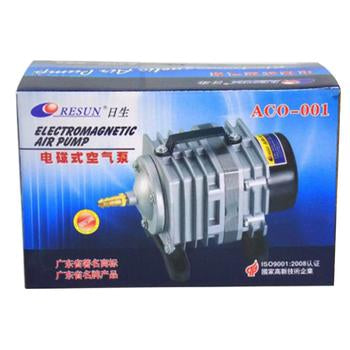
 Sold out
Sold out

